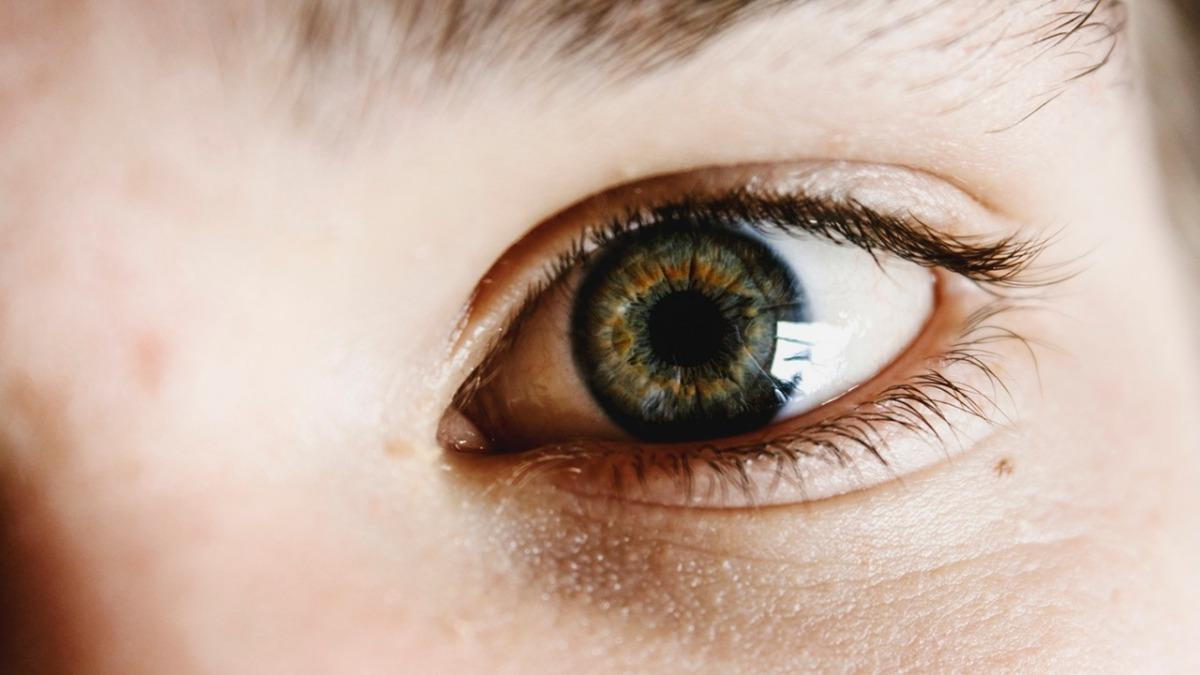
Signs of Glaucoma
Glaucoma is a complicated and devastating disease that causes loss of vision. This is due to damage occurring to the optic nerve. There are many forms of glaucoma, but the two most common are angle-closure glaucoma (ACG) and open-angle glaucoma (POAG). Our staff at Museum District Eye Center in Houston, TX, can diagnose and treat both types of glaucoma.
Early Signs of Angle-Closure Glaucoma
This form of glaucoma is rare. The symptoms of ACG come on quickly, are very noticeable, and damage to the optic nerve happens fast. Call our ophthalmologist right away if you experience any of these symptoms:
- Sudden loss of sight
- Severe pain in the eye or head
- Nausea or vomiting when pain is present
- Blurry or hazy vision
- Noticing rainbow-colored circles surrounding bright lights
When ACG starts to develop, the angle between the iris and the cornea closes and increases intraocular pressure. This damages the optic nerve. Seek the help of a doctor of optometry or an ophthalmologist immediately for treatment. There is no cure for glaucoma and the condition cannot be reversed, but there are ways to manage symptoms.
Early Signs of Open-Angle Glaucoma
This form of glaucoma is much more common and the devastating part about it is that there are rarely any warning signs. The condition comes on slowly, sometimes over many years without the patient noticing any problems. Peripheral or side vision is usually lost first, which is harder to notice. By the time significant vision loss is noticed, the disease is quite advanced. In open-angle glaucoma, the angle where the iris meets the cornea remains wide, but the drainage canals of the eye become clogged. This increases eye pressure and damages the optic nerve. As with ACG, there is no cure or opportunities for a reversal. It is important to catch this disease early. It can be managed and treated to maintain a high quality of life.
